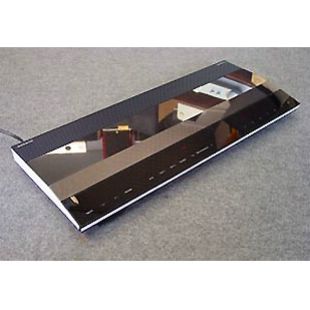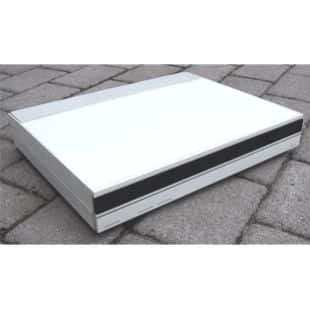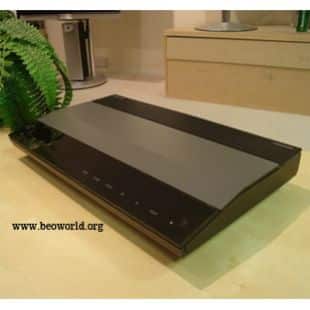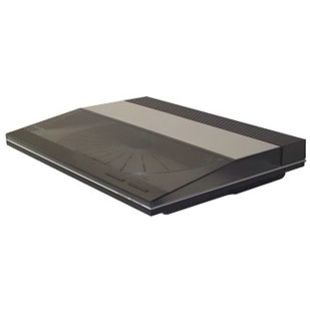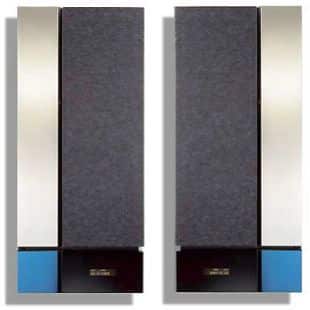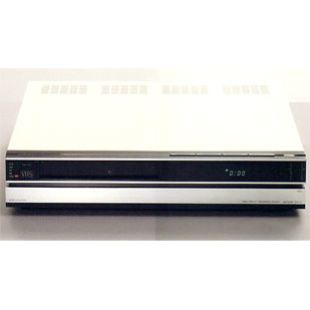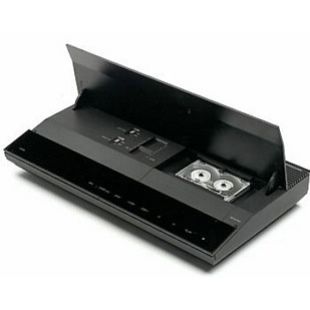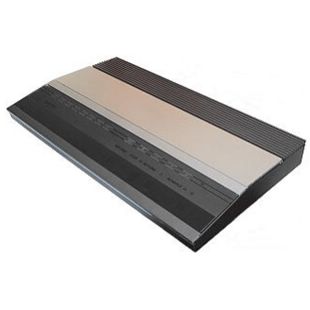BeoMaster 3300
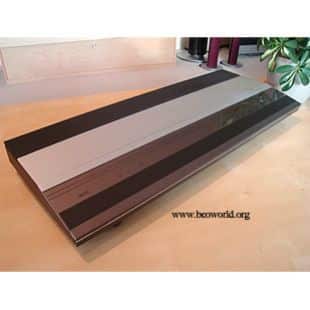
Beosystem 3300: a 2 x 40 watts RMS amplifier, an FM, long and medium wave radio, and a stereo record deck – was all combined into a single unit called Beomaster 3300. The record deck was fitted with the Bang & Olufsen MMC 20E cartridge. Two Beovox Uni-Phase S45 loudspeakers completed this value-for-money system.
Beosystem 3300: blending science and art
Bang & Olufsen designs are always refreshingly different – a pleasure to look at as well as to hear. Which could be why the company has earned itself over the years coveted places in the Museum of Modern Art in New York.
Beosystem 3300 was the latest addition to a collection which fascinated people from all over the world. You could hang it on the wall among your other works of art; or place it where you like – those sleek, modern shapes would always look good.
But Beosystem 3300 had a great deal more to offer than an ultra-modern appearance. With records, tapes, radio and compact discs it was a top quality music system that really knew how to perform, according to the 1988 catalogue.
Beomaster 3300 Type 2951
This receiver was the heart of the system, connected by Datalink to the other equipment and passing on the commands you gave via remote control, or by a light touch directly on the panel.
You could preset up to five radio stations. The amplifier had a power output of 2 x 30 watts and a power handling system which prevented overloading and distortion. Beomaster 3300 was part of Beosystem 3300 although it could be used as a stand-alone item.

